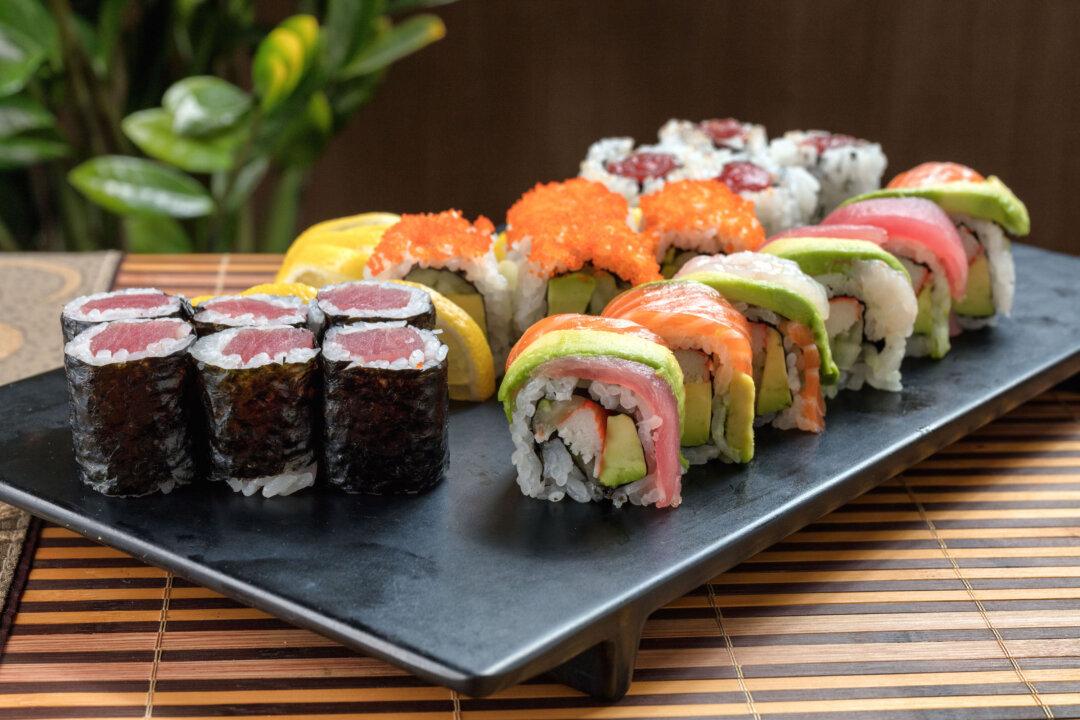At 74 years old, with nearly half of them spent as a chef, Pong Song Oh could be called a veteran of the business.
His return to head the kitchen at Golden Sushi, a Korean-Japanese restaurant in Flushing, is a homecoming of sorts: he was the executive chef of the restaurant when its previous incarnation, Pado Sushi, first opened 22 years ago.





